Avoiding Infringement in AI Art: 9 Essential Tips
As artificial intelligence continues to revolutionize the creative industry, the emergence of AI-generated artwork has given rise to a complex web of copyright considerations. Navigating the legal landscape requires a nuanced understanding of both intellectual property law and the capabilities of AI as a creative tool.
The infringement risks are not always clear-cut, as traditional guidelines are continually redefined in the digital arena. This discussion will explore nine pivotal strategies for avoiding copyright infringement while harnessing the potential of AI in art creation.
From the importance of understanding the basics of copyright law to the intricacies of AI’s legal status and the need for proper attribution, these tips serve as a beacon for creators seeking to ethically and legally utilize AI in their work.
As the boundaries of creativity expand, so does the imperative for artists and legal professionals to adapt and respond to the evolving challenges presented by AI-generated artwork. The implications of failing to heed these considerations are significant, and the following insights will equip you with the knowledge to navigate this uncharted territory with confidence and caution.
Key Takeaways
- Understand the legal status of AI-generated artwork and the implications for copyright protection.
- Adhere to terms of service and licensing agreements to avoid infringement and ensure proper credit and compensation.
- Credit AI collaborations and delineate the involvement of AI in the creation process.
- Verify licensing agreements and usage rights before incorporating AI-generated artwork or elements from preexisting art.
Understand Copyright Basics
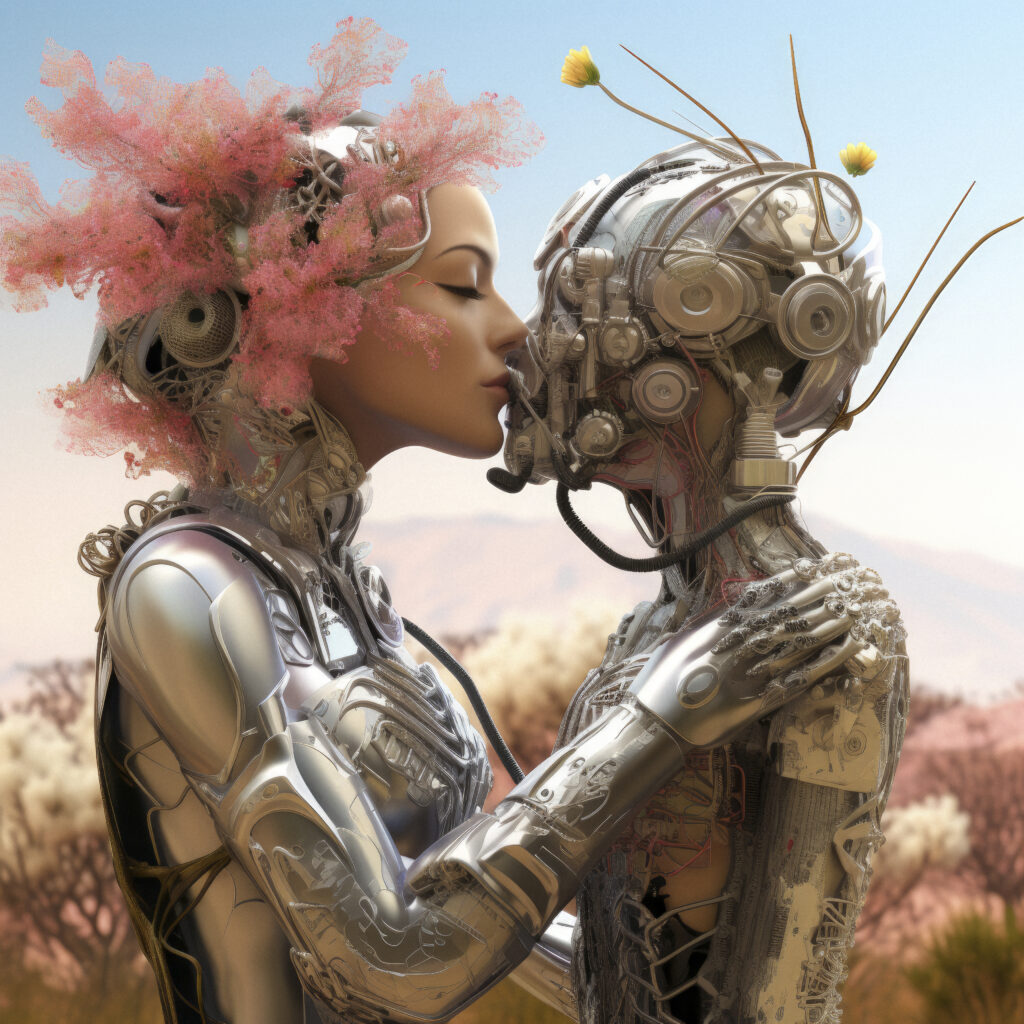
Grasping the fundamentals of copyright law is essential, as it establishes the creator of an original work as the rightful owner. This principle becomes increasingly complex when considering AI-generated content. Copyright law traditionally hinges on human authorship to allocate copyright ownership.
The creator is granted exclusive rights over the work, including reproduction, distribution, and adaptation. These rights are designed to incentivize creativity and innovation while balancing public interests through doctrines such as fair use, which permits limited use of copyrighted works without infringement under certain conditions.
However, the advent of AI image generators has introduced novel copyright issues. The U.S. Copyright Office’s current stance is that AI-generated works lack the requisite human authorship for copyright protection. This raises legal implications for the burgeoning field of AI art, where the determination of copyright ownership is unsettled.
In some jurisdictions, the person or entity responsible for creating the AI may be attributed ownership, reflecting a more pragmatic approach to the challenges posed by technology.
Understanding these intricacies is paramount for anyone engaging with AI-generated content to navigate the potential pitfalls of copyright infringement. As legal frameworks evolve, staying informed about the intersection of AI and copyright law will be crucial for creators and users.
Know AI’s Legal Status
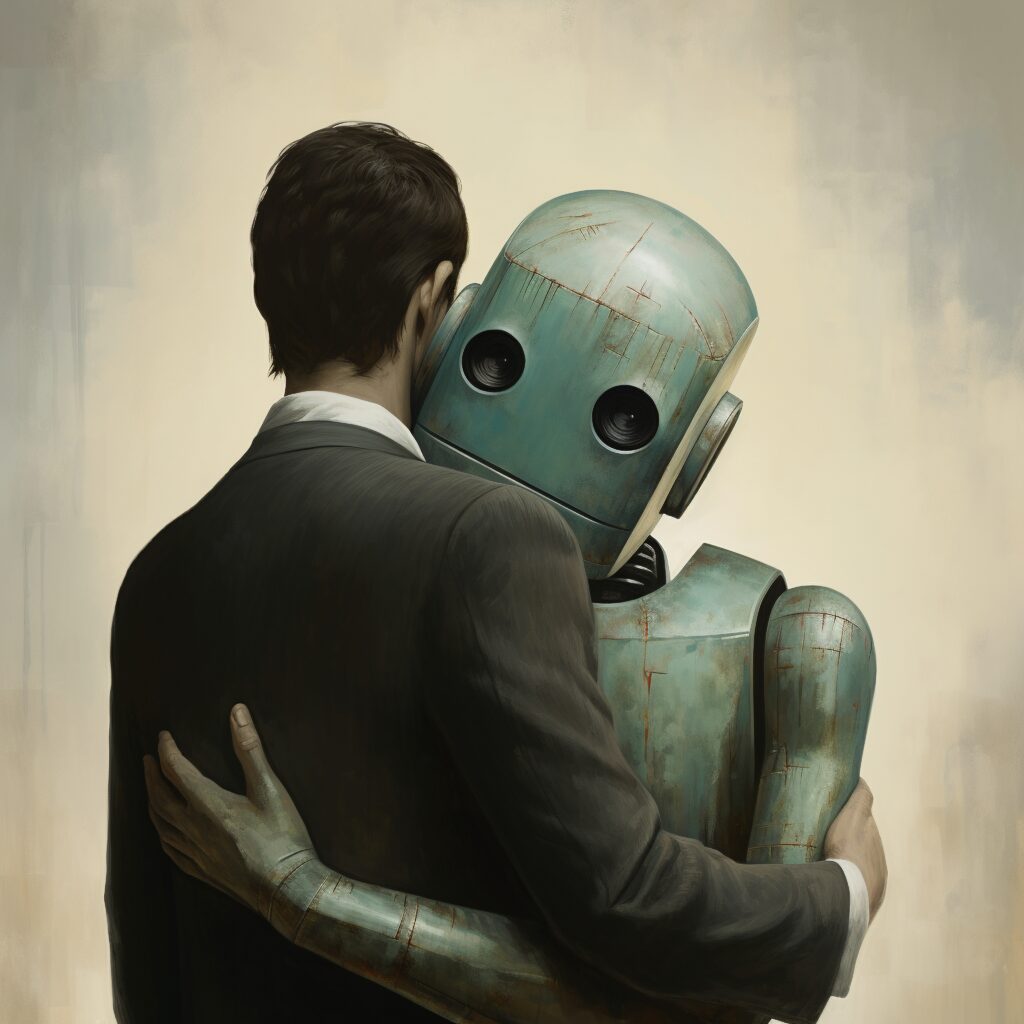
Building on the complexities of copyright law in the context of AI, it is imperative to recognize the uncertain legal status of AI-generated artwork to steer clear of infringement issues. The emergence of AI Image Generators has created a new frontier for copyright law, where the traditional principles are continuously being tested. As creators and users of AI art, understanding the legal landscape is essential to avoid copyright infringement.
Key considerations include:
- Terms of Service: Reviewing the terms of service of the copyrighted AI tools is crucial. These terms often dictate the ownership and use rights of AI-generated content.
- Legal Implications: Be aware of the legal implications when using AI-generated art. If the AI replicates the style of human artists without proper credit or compensation, it may lead to copyright disputes.
- Transparency: Maintain transparency about using AI in the creation process. Avoiding the inclusion of copyrighted works or specific mentions in prompts can help mitigate legal risks.
Informed and analytical vigilance is necessary when using AI-generated art. Seek professional legal advice to navigate the evolving legal framework and ensure compliance with copyright laws. Understanding and adhering to the terms of service, recognizing the legal implications, and practicing transparency can significantly reduce the risk of infringement.
Credit AI Collaborations
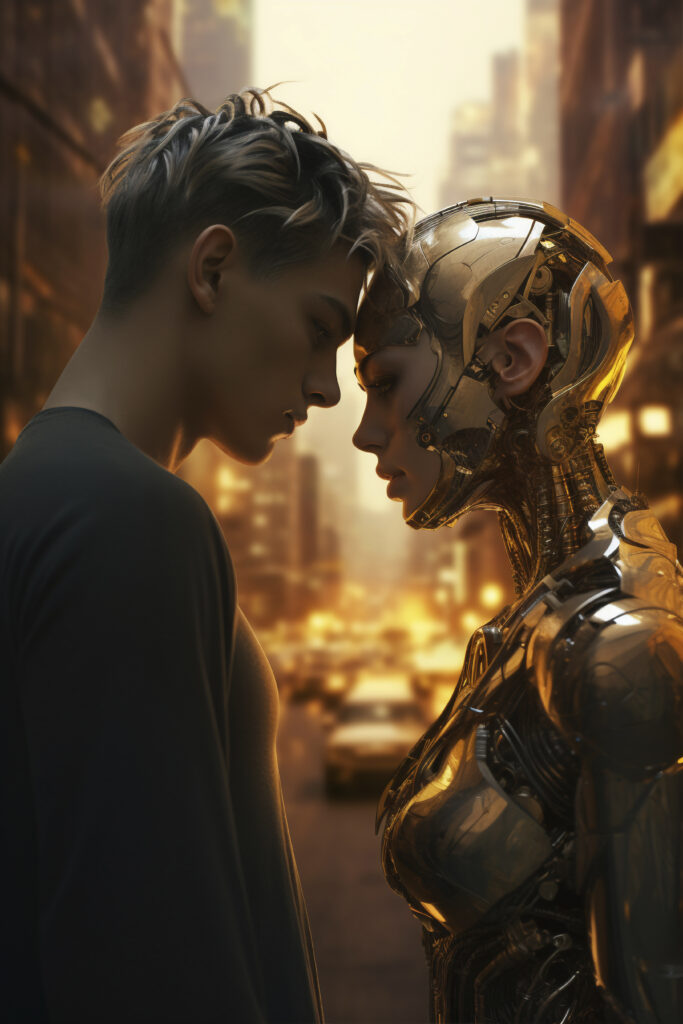
How can we ethically and legally give credit to AI collaborations in the realm of art creation?
Acknowledging artificial intelligence’s role in producing AI artwork is crucial for maintaining transparency and integrity. When an artist’s name or creation involves AI, it is essential to clearly state the use of AI-generated art alongside traditional contributions. This clarifies the artwork’s origin and respects the authorship of works belonging to the human and AI entities involved.
Including specific information about the AI tool used can help delineate the extent of AI involvement. This is particularly relevant when the artwork is shared or sold, as it ensures prospective buyers or viewers are informed about the nature of the AI-generated images. To avoid legal pitfalls, artists should also avoid mentioning already published or copyrighted material that may not be original to the AI’s creative process.
Moreover, adhering to the terms of service of the AI platform is essential, especially regarding commercial usage and potential restrictions on copying existing reference photos. Consulting legal expertise can guide how to credit AI collaborations while navigating copyright laws effectively.
Respect Original Works
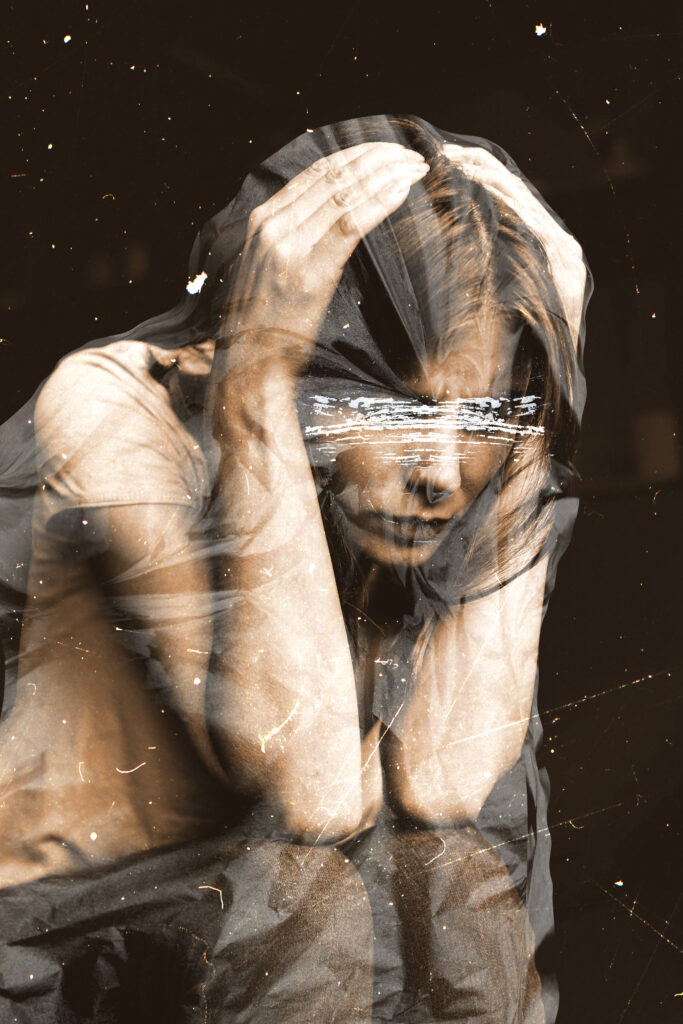
In AI-generated artwork, respecting original works is paramount to maintaining legal and ethical integrity. Acknowledging creator rights involves thoroughly understanding and adhering to licensing agreements before incorporating elements derived from preexisting art.
Creators must employ diligent verification methods to ensure their AI-generated output does not inadvertently infringe upon the copyrights of others, thereby upholding the respect for originality in the digital age.
Acknowledge Creator Rights
Respecting the intellectual property rights of creators is a fundamental aspect of utilizing AI to generate artwork. This necessitates a careful approach to acknowledging and crediting original works.
In AI Image Generators, it is paramount to ensure adherence to the terms of service, which often outline the proper use of copyrighted works. Obtaining explicit permission for commercial usage of AI artwork is particularly important, especially when it may violate a previously published creator’s rights.
Furthermore, recognizing the ethical need to credit artists without whose work the AI could not learn or create is essential. This acknowledgment respects the original creators’ efforts and fosters a sense of integrity within the artistic community.
Avoiding copyright infringement requires a precise and analytical understanding of copyright laws and their application to AI-generated art. It is critical to respect creator rights to maintain the integrity of the artistic community and uphold legal standards.
Verify Licensing Agreements
Verifying licensing agreements is essential when using AI-generated artwork to ensure that such creations do not infringe upon the intellectual property rights of original artists. AI Image Generators still operate within the bounds of copyright law, and users must adhere to the terms of service, which often dictate the scope of commercial usage and copyright protection.
When utilizing AI-generated artwork, it is crucial to determine whether the work is derivative of copyrighted work, as the copyright Office has claimed that using reference photos is prohibited without permission.
| Consideration | Action Required |
|---|---|
| Terms of Service | Review for usage restrictions |
| Copyrighted Work | Ensure no unauthorized derivatives |
| Commercial Usage | Confirm allowed by licensing terms |
To avoid legal pitfalls, always verify licensing agreements before using the generated artwork and train their software openly, respecting copyright boundaries.
Use Royalty-Free Models
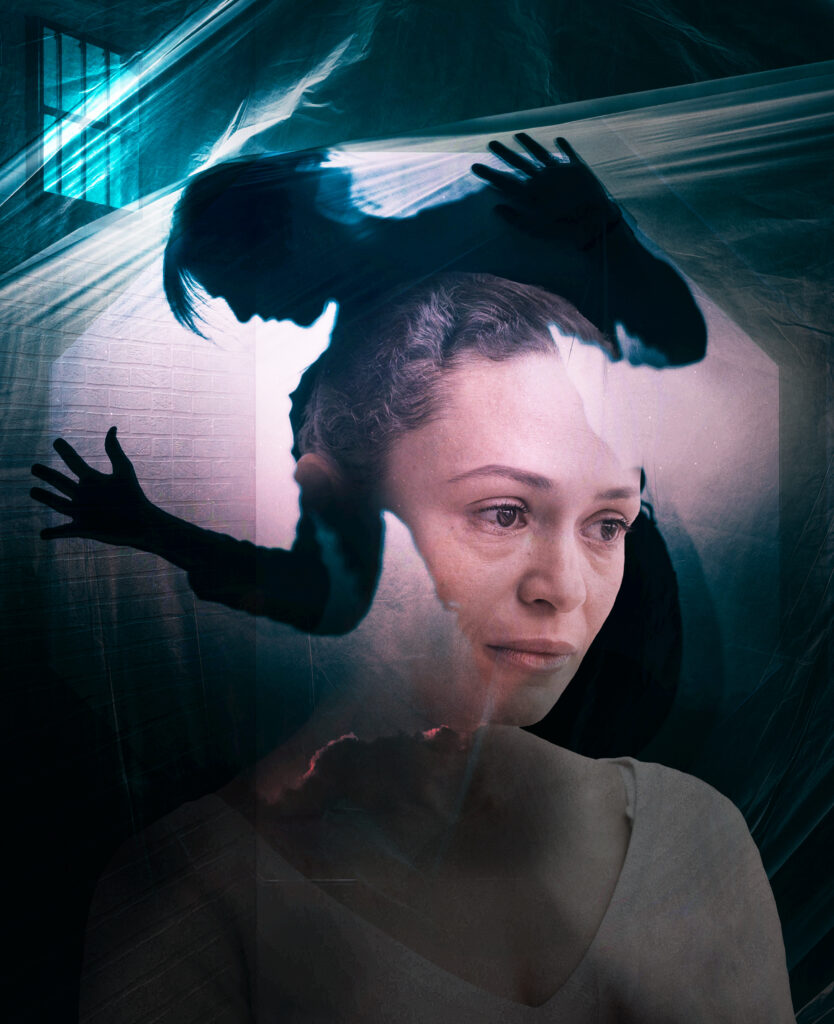
Turning to royalty-free models in AI artwork, it is imperative to source from legitimate databases that provide clear licensing agreements. Understanding the nuances of royalty-free licensing is crucial for verifying that the use of these models aligns with commercial objectives while respecting the original creators’ intellectual property rights.
Safe model selection practices, including thorough vetting of the source and adherence to the terms of use, mitigate the risk of copyright infringement in creating AI-generated art.
Source Legitimate Model Databases
To ensure the lawful creation of AI-generated artwork, utilizing model databases that explicitly grant royalty-free and commercial use rights is crucial. When artists and creators use AI tools to generate art, they must be vigilant about the sources of their models. Failure to do so can result in accidental infringement of copyrighted materials.
For a precise approach:
- Verify the AI tool’s terms and conditions for model usage.
- Ensure databases used are legitimate and provide clear rights for commercial usage.
- Conduct a reverse image search to help confirm the non-copyrighted status of models.
This due diligence is integral to artificial intelligence’s ethical and legal use in artistic endeavors, safeguarding creators from infringement claims and potential legal complications.
Understanding Royalty-Free Licensing
Royalty-free licensing is an essential consideration for creators leveraging AI to produce artwork, as it allows for the broad use of models without the burden of ongoing royalties.
When engaging in commercial usage of AI art, it’s critical to scrutinize the licensing terms to avoid infringing on copyright protection. Royalty-free models provide a cost-effective strategy for commercial projects, though it’s important to remember that certain elements may be protected and cannot be used without permission.
Adherence to the terms of service and commercial terms is mandatory for lawful exploitation. Moreover, ethical use suggests proper attribution, aligning with best practices.
Consequently, royalty-free licensing emerges as a pragmatic approach, ensuring compliance while fostering creative freedom in AI-generated art.
Safe Model Selection Practices
Selecting royalty-free AI models for artwork creation is a cornerstone practice to mitigate the risk of copyright infringement while engaging in commercial endeavors. AI image generators must be used by their tools’ terms of service, which should be scrutinized for permissions regarding commercial usage.
Artists should:
- Opt for models like Stable Diffusion that are trained on non-infringing datasets.
- Record the metadata or filename associated with the image file for future provenance.
- Employ reverse image search to ensure generated artworks are distinct and non-infringing.
These practices are prudent and essential in navigating the legal implications of AI-generated content. By adhering to these guidelines, creators can benefit from these revolutionary tools while respecting the boundaries of copyright law.
Document Your Process
Maintaining a comprehensive record of the AI art creation process is essential to safeguard against copyright infringement concerns. When using AI image generators to generate images, it is critical to document your process meticulously. This includes recording the prompt, a foundational input influencing the finished piece of art. Artists should save this information in the metadata or the image’s filename, as it provides a transparent trail of how the artwork was generated.
Adhering to this practice enables artists to claim authorship of works created with the aid of AI tools while ensuring the creation in the creation process does not inadvertently infringe on existing copyrighted material. It is advisable to avoid mentioning copyrighted works or specific artists’ names in prompts to prevent potential legal complications.
Further, artists should familiarize themselves with the terms of service and licensing agreements of the AI tools employed. This knowledge is indispensable for compliance, especially when considering commercial exploitation of the generated artwork.
Lastly, to verify outcomes and ascertain originality, reverse image search tools can be utilized to ensure that AI-generated images are unique and appropriately attributed to the platform or creator of the AI image generators used.
Seek Legal Advice
Having established the importance of documenting the AI art creation process, seeking expert legal advice to navigate the complex copyright landscape surrounding AI-generated artwork is equally critical. Engaging with legal professionals well-versed in intellectual property law can illuminate the nuanced legal implications of creating and using AI art, particularly regarding copyright protection and authorship.
When considering commercial usage of AI artwork, legal advice becomes indispensable for several reasons:
- Copyright Ownership: Legal experts can clarify whether the artist’s name or the AI algorithm’s programmer holds copyright or if a new form of shared authorship is emerging.
- Licensing Considerations: Professionals can guide how to license AI-generated art properly, addressing copyright concerns that may affect published works and their distribution.
- Compliance and Fair Use: Legal counsel can assist in understanding the boundaries of fair use, helping to mitigate the risk of infringement through a reverse image search or other means.
Monitor AI Developments
In the rapidly evolving landscape of artificial intelligence, staying abreast of the latest developments in AI-generated art is essential for artists, programmers, and legal professionals to ensure compliance with current copyright laws and ethical standards. As AI algorithms become more advanced, the nuances of copyright protection are increasingly complex.
The legal implications of AI Image Generators like Stable Diffusion, which can produce intricate works that rival human authorship, raise significant copyright concerns, particularly in commercial usage.
Monitoring AI developments entails a proactive approach to understanding changes in technology and legislation. For instance, as AI tools increase, the ability to conduct a reverse image search to verify the uniqueness of AI-generated artwork becomes more pertinent. This practice can help distinguish between AI-assisted creations and potential copyright infringements.
Professionals should track technological advancements and engage with the latest discourse on ethical guidelines and regulatory frameworks. By following industry news, engaging with legal experts, and participating in discussions with organizations focused on AI and copyright law, stakeholders can remain informed about shifting paradigms in authorship and ownership, thereby navigating the legal landscape with greater assurance and foresight.
License Your AI Artwork
To safeguard against legal repercussions, artists should license their AI-generated artwork, meticulously considering the intricacies of copyright law in the digital age. As AI Image Generators become more prevalent, the question of copyright protection becomes increasingly complex, mainly when there’s a lack of human authorship.
To ensure that creative expression via AI aligns with legal standards, consider the following:
- When using AI tools like Stable Diffusion, ensure that the output is distinct enough to not infringe on existing copyrighted works.
- Verify that the license covers such purposes for commercial use, especially when incorporating reference photos or other materials in the AI’s training process.
- Regularly conduct a reverse image search to monitor if your artwork is being used without permission, thus preventing potential copyright infringement.
It’s crucial to license your AI artwork to delineate the rights granted to others regarding its use. This acts as a legal safeguard, delineating the boundaries of permissible use and helping to prevent unauthorized exploitation of your work.
Always seek legal advice to tailor the licensing agreement to your specific needs and navigate the complexities of current copyright laws.
FAQs
Can AI-generated art infringe on copyright or intellectual property rights?
AI-generated art can potentially infringe on copyright or intellectual property rights if it incorporates copyrighted elements without permission. Understanding the legal implications and rights associated with the source material used in the AI training process is essential.
How can I avoid copyright infringement when using AI to create artwork?
Ensure you have the legal right to use the source material to train your AI model. Use content in the public domain, licensed for commercial use, or you have obtained explicit permission from the copyright holder.
Can AI-generated art be considered fair use?
Fair use is a complex legal doctrine that depends on factors like purpose, nature, amount, and effect on the market. While AI-generated art might be considered fair use in some cases, it’s advisable to seek legal advice if there’s uncertainty, especially when commercial use is involved.
Should I credit the AI model or algorithm used in my artwork?
While it may not be a legal requirement, crediting the AI model or algorithm can be a good practice. It helps in acknowledging the technology and promoting transparency. However, it doesn’t exempt you from respecting copyright and intellectual property rights.
Can AI-generated art imitate existing artworks without infringement?
Imitation can still lead to copyright infringement if it copies substantial elements of an existing artwork. It’s crucial to understand the distinction between inspiration and replication. Consider adding transformative aspects to make your AI-generated art unique.
